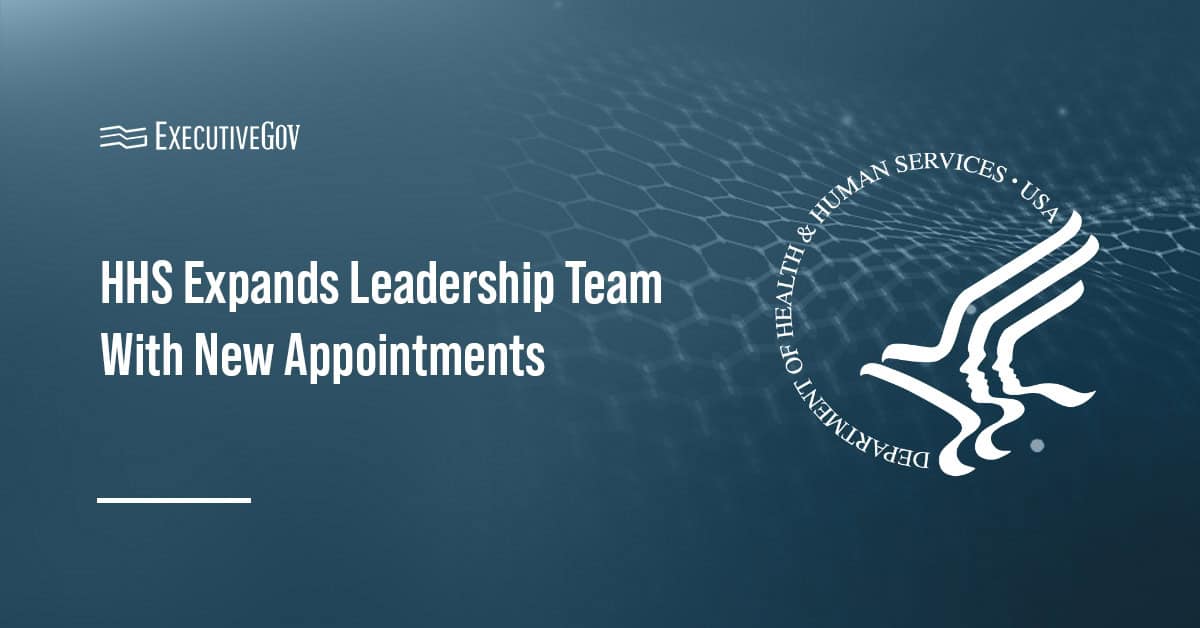
Defense Secretary Ashton Carter attended a series of meetings with representatives from 11 allied countries to discuss strategies against the Islamic State militant group after fighters Kurdish peshmerga forces, Breaking Defense reported Wednesday.
Colin Clark writes Carter spoke before the 11-piece Anti-IS coalition to address the death of U.S. Navy SEAL Charles Keating during the attack on Kurdish peshmerga forces.
He said the encounter is an example of how the coalition needs to build on its efforts to stop the militant organization, Clark wrote.
Carter announced in April the U.S. would provide up to $415 million in funds to Iraqi forces to support the campaign against the militant group.
He also said the coalition should ensure Syria and Iraq have non-military resources to defeat the IS group as they prepare to encircle the IS-occupied Mosul city, Breaking Defense added.





